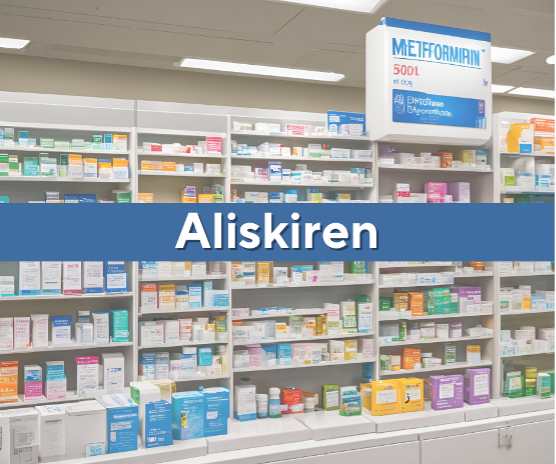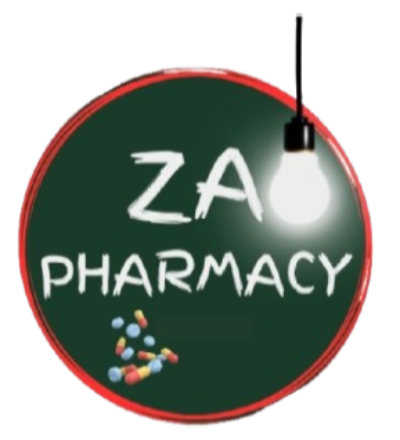Za Pharmacy
Drugs, Supplies and Delivery
Aliskiren
Aliskiren is a direct renin inhibitor (DRI) and a relatively newer class of antihypertensive medication. It offers a unique mechanism of action by targeting the renin-angiotensin-aldosterone system (RAAS) at its origin. This article synthesizes information from the British National Formulary (BNF), Lippincott Textbook of Pharmacology, and Lange Basic & Clinical Pharmacology to provide a detailed overview of aliskiren, including its mechanism, uses, dosing, side effects, precautions, and drug interactions.
Aliskiren directly inhibits renin, the enzyme responsible for converting angiotensinogen to angiotensin I. By blocking this initial step in the RAAS pathway, aliskiren reduces the production of angiotensin II, a potent vasoconstrictor, and aldosterone, a hormone that promotes sodium and water retention. This results in vasodilation, reduced blood pressure, and decreased cardiac workload (Lippincott, Lange).
Unlike ACE inhibitors or angiotensin II receptor blockers (ARBs), aliskiren does not increase bradykinin levels, which explains its lower incidence of cough and angioedema (BNF).
- Hypertension: Aliskiren is indicated for the treatment of essential hypertension, either as monotherapy or in combination with other antihypertensive agents like diuretics, calcium channel blockers, or ACE inhibitors (BNF).
- Off-Label Uses: While primarily used for hypertension, research has explored its potential in diabetic nephropathy and heart failure, though evidence is limited (Lippincott).
- Standard Dose: The usual starting dose is 150 mg once daily, which can be increased to 300 mg once daily if blood pressure is not adequately controlled (BNF).
- Administration: Aliskiren should be taken with or without food, but consistency in administration is important to maintain stable plasma levels (Lippincott).
- Renal Impairment: Use with caution in patients with severe renal impairment (eGFR <30 mL/min/1.73 m²). Dose adjustment may be necessary (BNF).
- Common: Diarrhea (most frequent), dizziness, headache, fatigue, and mild hyperkalemia (Lange).
- Serious: Angioedema (rare but possible), acute kidney injury (especially in combination with ACE inhibitors or ARBs), and severe hyperkalemia (BNF).
Renal Impairment: Avoid in patients with severe renal dysfunction or those on dialysis (Lippincott).
- Hyperkalemia: Monitor potassium levels, especially in patients with diabetes or renal impairment (Lange).
- Combination Therapy: Avoid concurrent use with ACE inhibitors or ARBs in patients with diabetes or renal impairment due to increased risk of renal dysfunction and hyperkalemia (BNF).
- Pregnancy: Contraindicated (Category D); risk of fetal harm, including renal dysfunction and developmental abnormalities (BNF).
- ACE Inhibitors/ARBs: Increased risk of hyperkalemia, renal impairment, and hypotension. Avoid combination in high-risk patients (BNF).
- Diuretics: May enhance hypotensive effects; monitor blood pressure closely.
- NSAIDs: May reduce antihypertensive efficacy and worsen renal function (Lippincott).
- Potassium-Sparing Diuretics/Potassium Supplements: Increased risk of hyperkalemia (Lange).
Aliskiren is the generic name for this medication. It is marketed under the brand name Tekturna® in some regions. Generic versions are also available, making it more accessible for patients.

